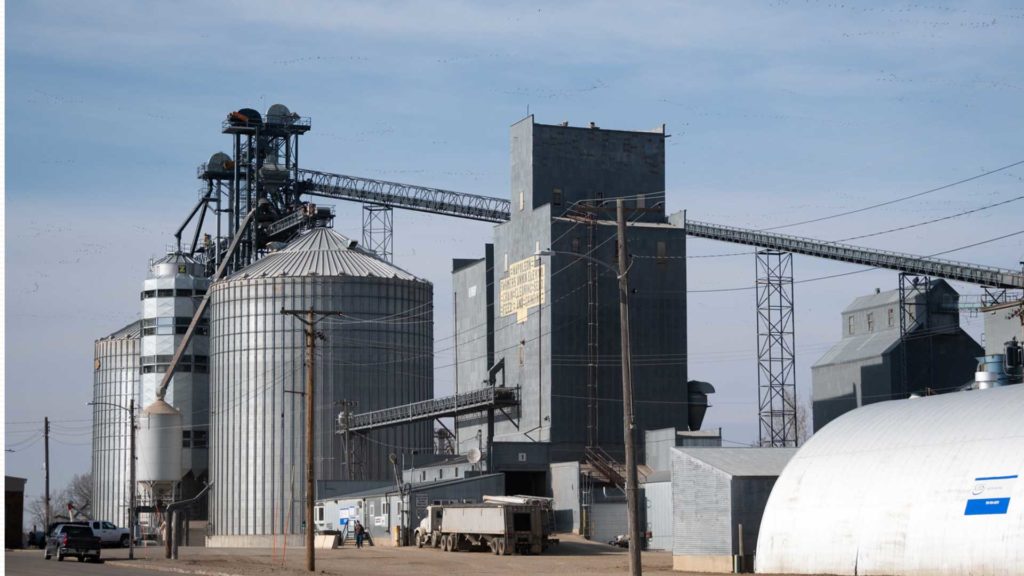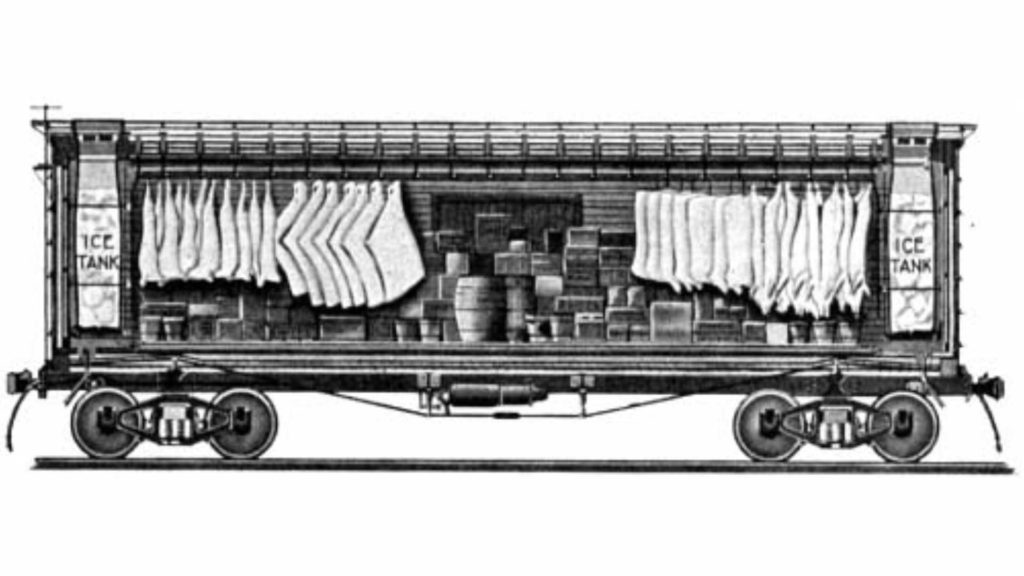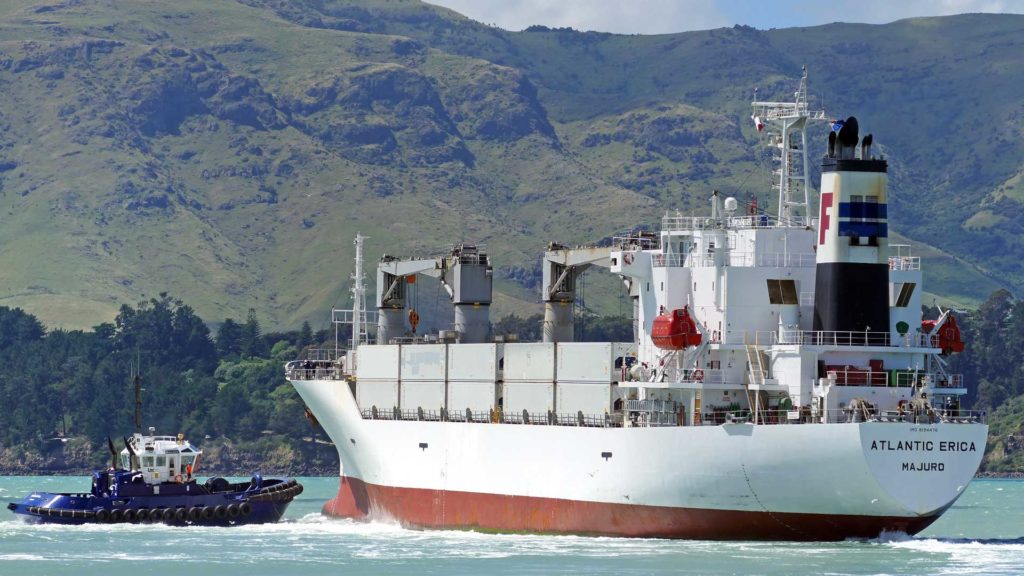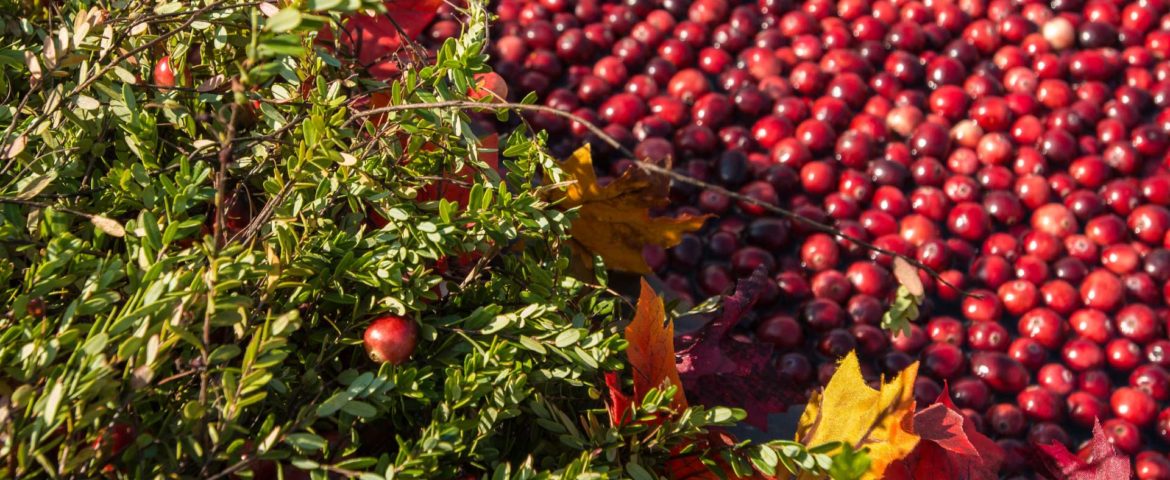Going grocery shopping is so ubiquitous that’s is taken for granted the massive availability of thousands of different food items in each and every grocery store.
But with over 40,000 grocery stores across the country, supplying thousands of products each with different handling and temperature requirements, many with low shelf life and easily spoilable, grocery store supply chains can be very complex and costly to operate.
It all starts with Farms
Ultimately grocery store supply chains start at a farm, whether in the US or abroad, meat, grain or produce, farming is the first stage in the global food supply. Over the years farming practices, technology and efficiency have changed, but the reliance on farming.

Farms themselves rely on supply chains for agricultural inputs such as pesticides, fertilizers, other chemicals and of course the equipment needed to farm which can dramatically affect the end food product, if the cost of fertilizer rapidly rises for example.
Agriculture in the US generated nearly 400 billion in revenue in 2018, employing millions of people. Much of this revenue is attributed to meat production. Around$140 billion in ag exports were generated in 2018, highlighting the importance of global trade to food availability and grocery inventory.
Food Production and Processing
Production practices vary as widely as there are different products in a grocery store. Depending on the raw materials needed to create the food product, packaging requirements,
Often bulk transportation is used to move products such as grain from large farms and grain elevators to food production facilities.
Some foods, such as bananas or apples have no real production process, only cleaning, sorting, and packaging, other products – think something like Oreos, are highly processed and require numerous inputs at the processing level to create the finished products.
Grocery Distribution Logistics
Just like other products, distribution centers and operations are used to house and consolidate products from manufacturers then sort them to be loaded on trucks to head to the actual stores.
Wholesale grocers are also a major aspect of grocery distribution, acting a middle man between producers and smaller grocery stores that lack the high volume buying ability of the larger chains.
Distribution requirements vary by food type, with careful handling needed for produce in order to retain its quality and freshness. Grocery distribution
Modern distribution centers have a significant amount of technology applied including automated inventory scanning systems and many have robotic systems which can partially automate the sorting and processing of replenishment order for actual stores.
When you think about popular global products like Starbucks K cups, the international aspect of distribution is another layer of complexity to managing inventory requiring a wider network of distribution centers and transportation.

Cold Chain and Produce Logistics
Maintaining handling and temperature requirements for foods that require refrigeration or frozen handling and storage can be tricky and much more costly than traditional dry-handled products. The widespread availability of many different types of frozen and refrigerated produce has increased greatly as refrigeration technology evolved.
Early refrigerated transport relied on large ice blocks to cool the cargo.

Technology has made monitoring the temperature of containers, trucks and warehouses much easier, helping to prevent waste.
Produce and farming, in general, is very seasonal, with harvests at certain times of the year depending on the product, which drives trucking/ transportation prices regionally based on the time of year. As cold chains have developed globally, the ability of stores to keep products in stock throughout the year has risen rapidly. Decades ago, certain foods were only available at certain times of year or commanded very high prices. Today, most grocery stores keep nearly all fruits and vegetables in stock 365 days of the year, this wouldn’t be possible without sourcing produce from central and south America during certain parts of the year.
Technology in Grocery Supply Chains
With so many different foods available in nearly every grocery store, inventory management isn’t straightforward. Years ago this was massively challenging even with barcodes being used, requiring significant manual paperwork and desk work.
Over the years basic computer systems have made retail inventory management much easier, but it still requires a lot of manual counting to check how accurate the inventory system is, and errors can quickly be introduced when produce and other time-sensitive products are involved.
Technology adoption has increased in cold chain and grocery supply chains just like in other niches of the greater supply chain industry. Investments in technology have been aimed at increasing data collection and analysis, better visibility across grocery supply chains, and alternative methods of securing transportation capacity. Better technology deployed in warehouses has also made distribution practices more high-tech with better communication between parts of the supply chain, reducing the risk of errors and increasing the speed at which inventory replenishment can happen.
Expect to see further investment in technology by many players within the grocery supply chain aimed at improving the ability to make data-driven decision making, knowing where inventory is, and in general improving the efficiency of the greater supply chain.
Food Waste
The United States, along with the entire world, wastes a significant portion of the food supply produced annually. Depending on statistics, around 30-40 percent of all food produced in the US is wasted. This equates to around 100 million tons, which is somewhere around 300-400 billion dollars in food waste per year. Food waste can be ascribed to many reasons, including over purchasing, throwing out food, and aesthetic reasons.
Decreasing food waste would drastically improve efficiency throughout the grocery supply chain network, and overall could potentially lower carbon emissions along with decreasing food costs.
The Push for Organic
More emphasis has been placed on food safety and organic food production practices in the last decade or two. Tracing organic certifications of food throughout the food supply chain again is no easy task. Food should be traceable back to the actual farm it was produced, which can then document the chemicals used in its production, but in practice, this process can be murky, and
The impact of Covid-19 on the Grocery Supply chain
Covid-19 dramatically affected grocery supply chains, just like nearly every other industry. The global pandemic heavily disrupted production facilities, warehouse centers, international tarnsprotation, and increased input costs for a variety of ag inputs. The overall affect has been a decrease in supply and increase in cost to consumers. In fact many food products have risen in price by 10% or more at the local grocery store, fueling a wider speculation on how bad inflation will be over the next several years. It’s important to remember though, that inflation has been lower than average the previous few years, so many economists make the point that even with higher inflation, it will average out over the next 5-10 years.
Covid-19 brought inventory shortages including meat, paper products and many other items to thousands of stores across the country. For many, it was the first time that they had experienced such drastic inventory shortages, while supply chains became a topic of national news coverage.
In the wake of the pandemic, supply chain diversity and resiliency will become a much greater focus.

More Sustainable Grocery Supply Chains
Sustainability throughout the agriculture and grocery industry has come into focus over the last 5-10 years. Many players within the industry have incorporated numerous ways to reduce carbon emissions, including using more efficient trucks, adding solar panels on warehouses and distribution centers, incorporating intermodal shipping into their transportation plan, and even switching to electric or LNG power equipment.
Over the next decade sustainability and reducing carbon emissions further will be a key focus for many within the industry. Many experts expect a carbon tax will be a reality in the not-so-distant future, and the firms that proactively invest in greener technology and processes will be ahead of the competition.
Using recycled packaging, switching to more paper-based packaging products, and simply reducing the amount of packaging on items is another great way firms are taking to improve their sustainability.
Intermodal shipping, which uses railroad for the long haul portion of the trip, and provide truck-like service on long haul lanes, is an important source of more cost-effective capacity and is around 75% more energy-efficient than over-the-road trucks.
At the farming level, more efficient tractors, more technology to reduce chemical wastage, and other practices such as no-till, crop rotation, and grass-fed beef, are all ways that the agriculture component of the greater food supply chain is taking to make foster a more sustainable industry. A focus on the types of chemicals used and how they are used is also a key component to a long-term sustainable food supply.
Zmodal is a top intermodal shipping company providing door-to-door intermodal, and full truckload services nationwide throughout our digital supply chain dashboard which provides easy route searching, booking, document management, and analytics. CONTACT US if you want to lower your supply chain costs or want access to North American intermodal capacity.



